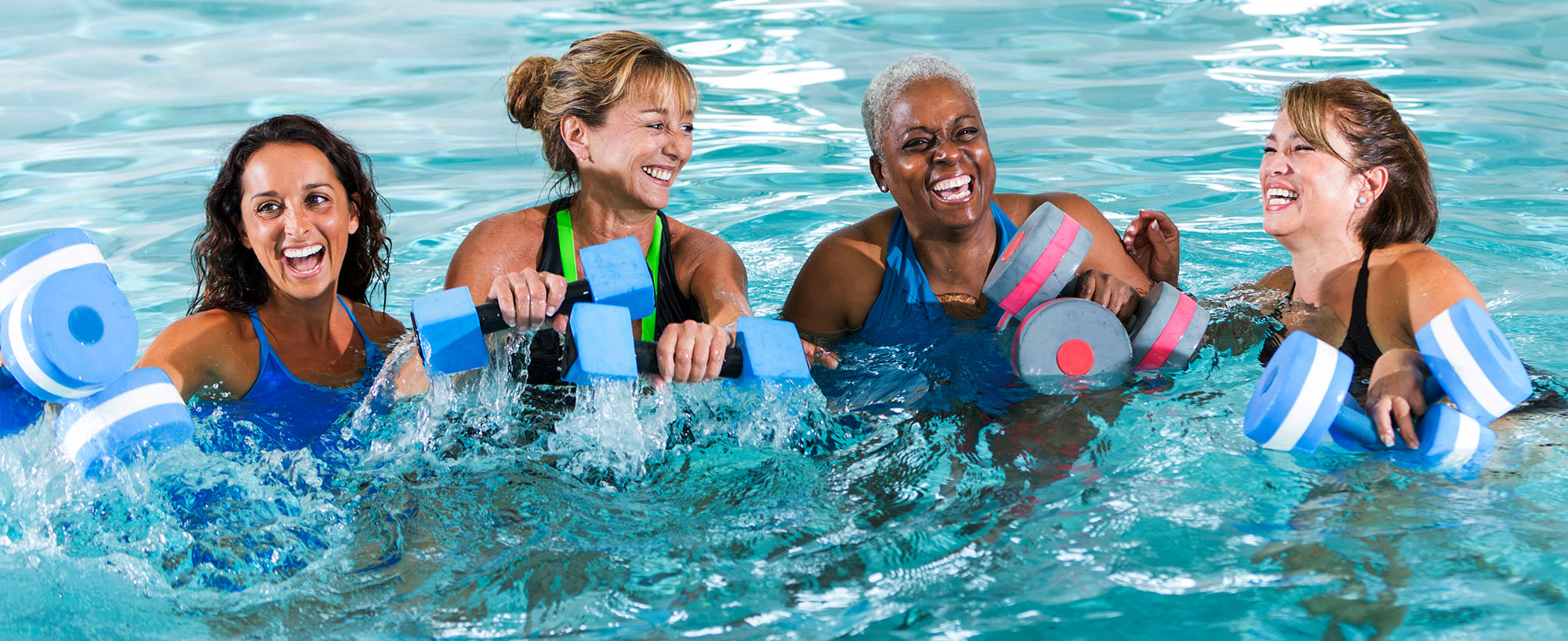A natatorium, often referred to as a swimming pool complex, is a specialized facility designed for aquatic activities. It can serve as a hub for swimming enthusiasts, athletes, and recreational users alike. It’s a comprehensive facility housing one or more swimming pools, along with supporting amenities such as changing rooms, showers, seating areas, and sometimes additional features like water slides, whirlpools, and saunas.
This wide range of uses makes designing a safe, comfortable natatorium a unique challenge. When it comes to dehumidification systems, natatorium design demands meticulous attention to many environmental and technological factors. create a space that is functional, efficient, and enjoyable for all.
Important Considerations in Natatorium Design
Space Utilization and Pool Configuration
Natatoriums often feature multiple pools, including Olympic-sized ones for competitions, diving pools, and smaller recreational pools. They also require specialized machinery to maintain. These are typically housed in their own separate area of the facility. Proper space allocation can make installation of dehumidification systems much simpler, ensuring that your natatorium stays comfortable for users.
Humidity Control
Maintaining a comfortable, healthy environment inside the natatorium is critical. Humidity and climate control systems are necessary to regulate temperature and maintain healthy air quality. Proper air quality not only enhances the experience but also prevents the formation of mold and mildew, which can threaten the health and safety of those using the natatorium.
Indoor Air Quality (IAQ)
There are four factors that directly influence a natatorium facility’s air quality:
- Poor air distribution or airflow
- Low air change rate
- Poor outdoor air ventilation
- Limited paths for exhaust air
Engineers account for each of these to keep the indoor air quality of a natatorium within acceptable levels. If air doesn’t circulate adequately, air quality can suffer, creating yet another health hazard for visitors.
Challenges in Natatorium Design
Designing a natatorium that’s safe for all visitors is a complex challenge.
Budget Constraints
Balancing necessary features and budget constraints can be difficult. Upkeep for dehumidifiers can be costly, particularly as systems age beyond their useful life. Designing with future updates and maintenance needs in mind can help alleviate some of these pressures. But balancing those necessary considerations with the available budget might be impossible, in some cases.
Maintenance and Sustainability
Natatoriums require regular maintenance to sustain their facilities and dehumidification systems. Ensuring the longevity of these systems while incorporating eco-friendly practices can be challenging for designers without the right resources. Meanwhile, integrating new, sustainable technologies or replacing old dehumidifiers can be an expensive process. Many natatoriums miss out on the benefits of new technologies due to poorly allocated space for dehumidification systems and budget constraints.
Regulatory Compliance
Meeting building codes, safety regulations, and health standards can be intricate. Guidelines from organizations like the World Health Organizations (WHO) must be considered during the design process. There’s always potential for new research into healthy humidity levels to change regulations. Natatorium engineers need to be ready to adapt, staying updated with local regulations and international standards to ensure the natatorium’s compliance with the law.
Technological Integration
Integrating modern technology, such as energy-efficient lighting, smart control systems, and advanced water treatment technologies, poses a challenge. While these innovations enhance the natatorium’s efficiency, incorporating them seamlessly into the design can be complex.
Designing a natatorium is a multifaceted process that demands a blend of creativity, technical expertise, and a deep understanding of the needs of diverse user groups. By addressing the considerations and challenges mentioned above, architects and designers can create natatoriums that are not only aesthetically pleasing but also functional, safe, and sustainable. These aquatic spaces, when thoughtfully designed, become more than pools. They foster health, recreation, and a sense of belonging.
Check out our in-depth natatorium design guide for a more detailed look into the fundamentals of indoor pool dehumidifier systems.
